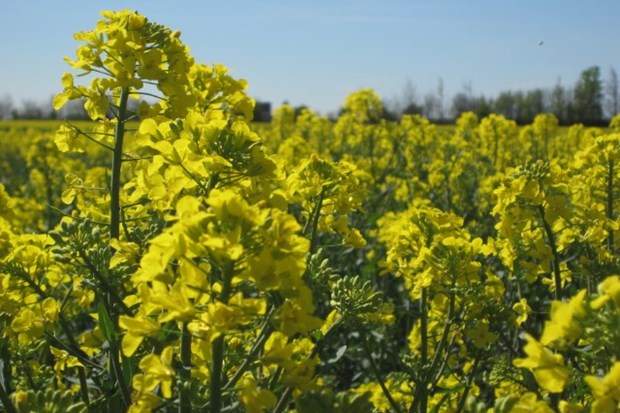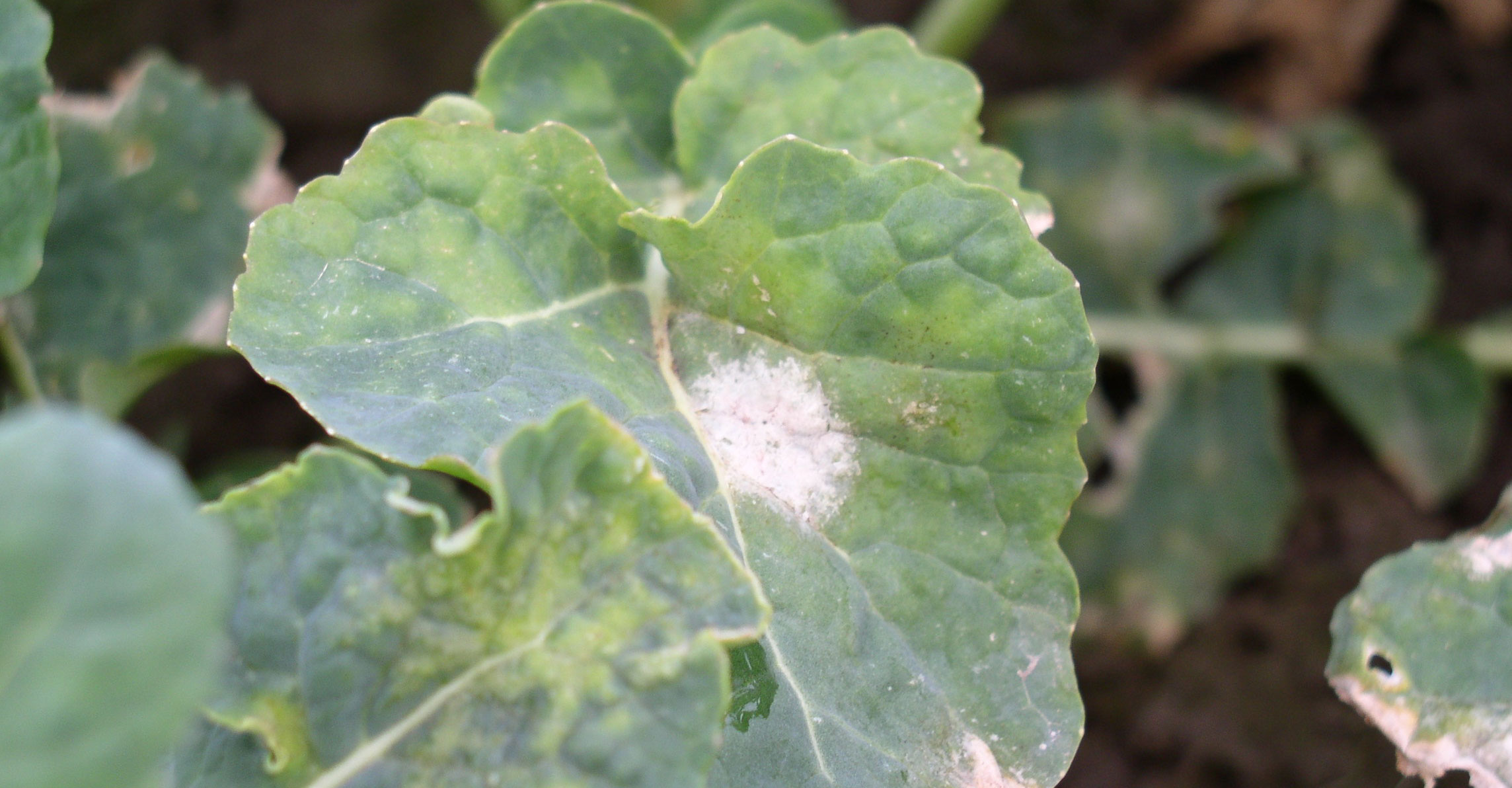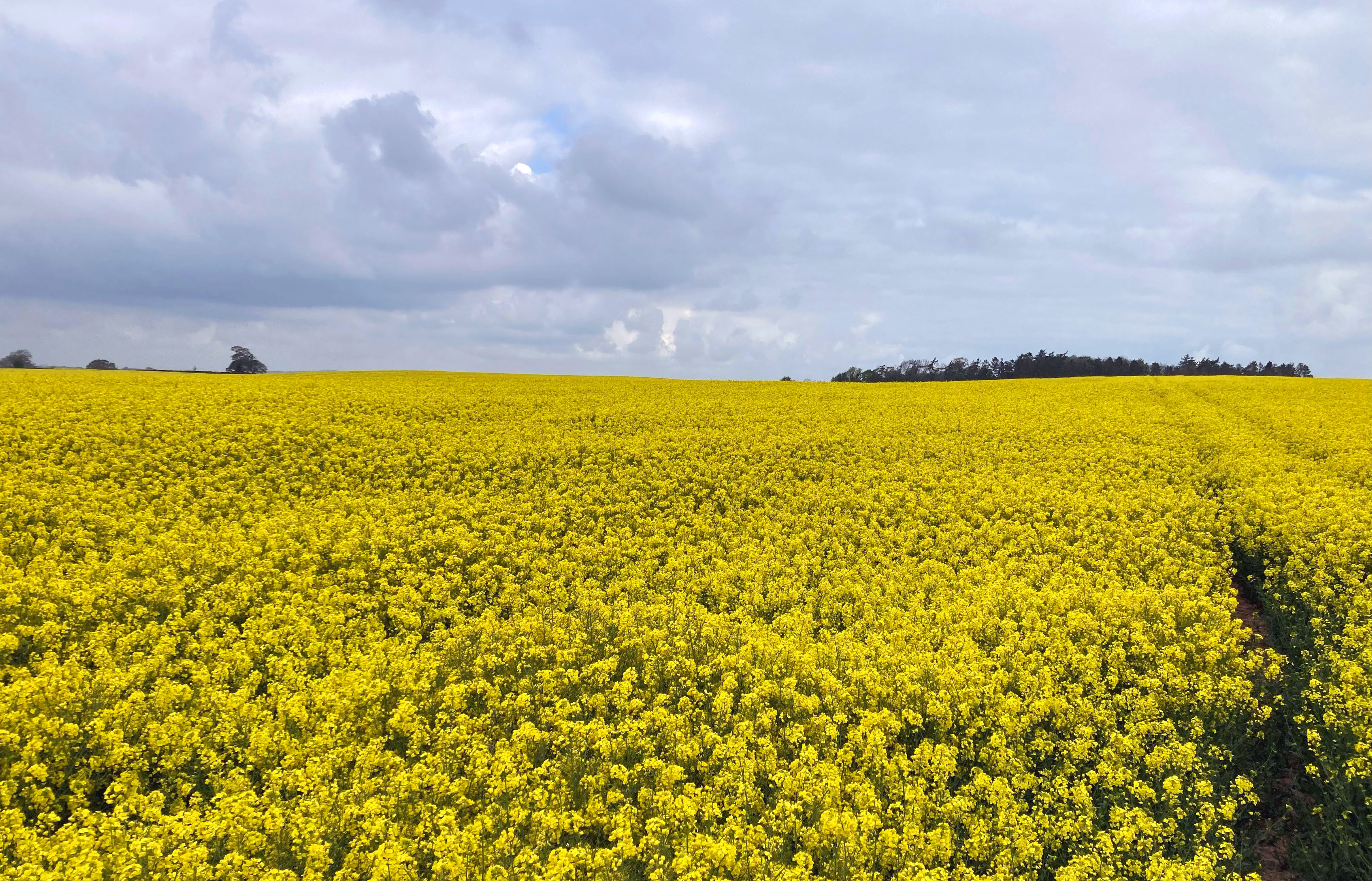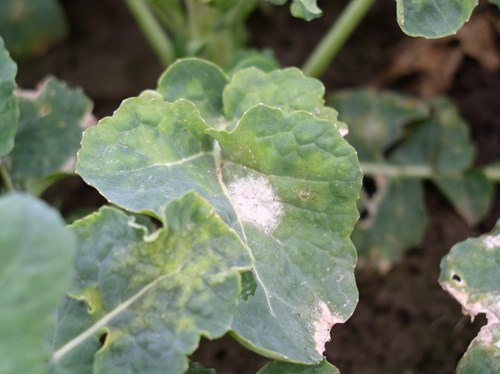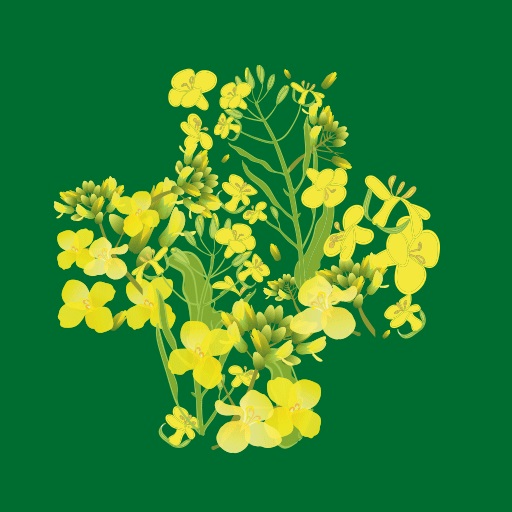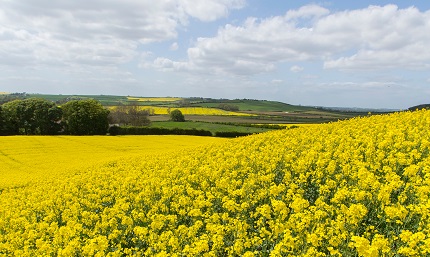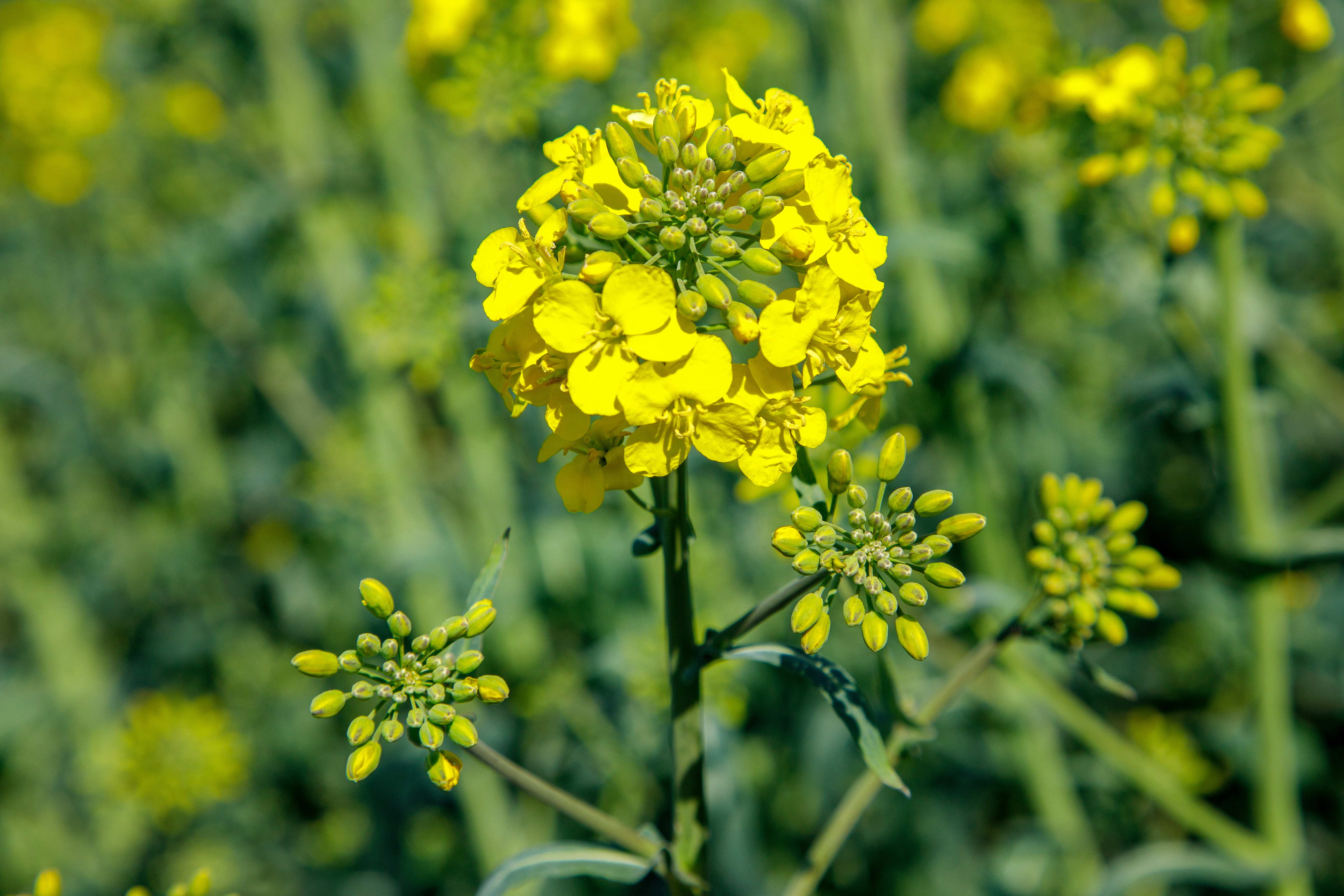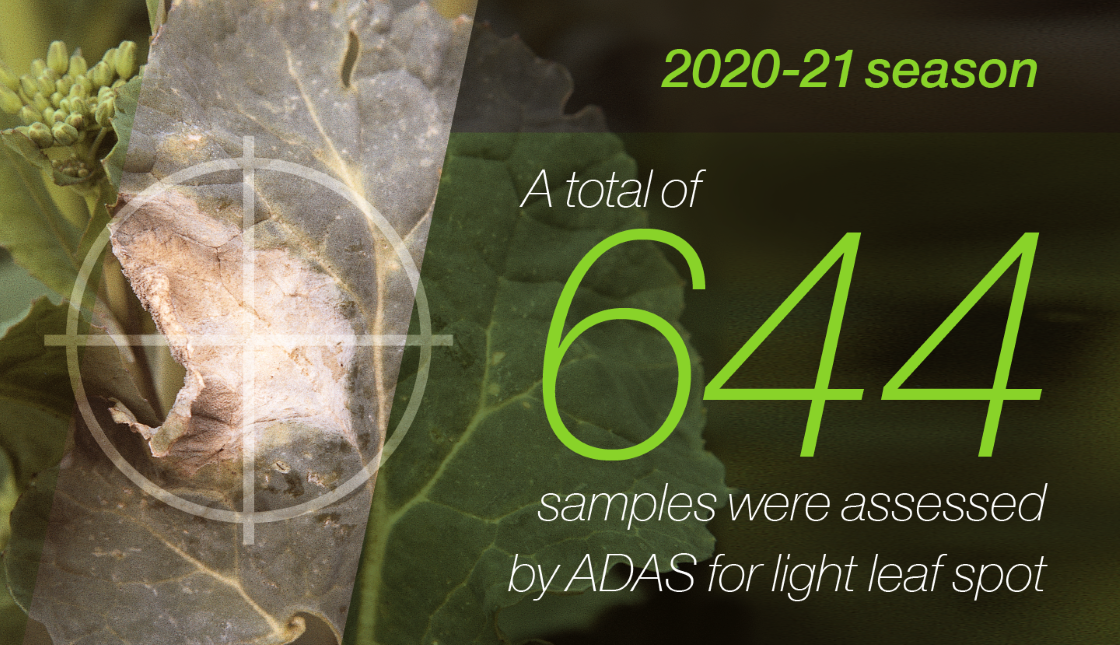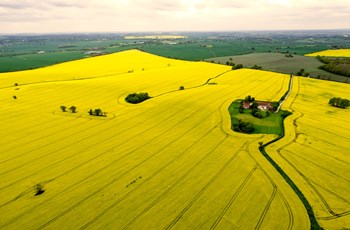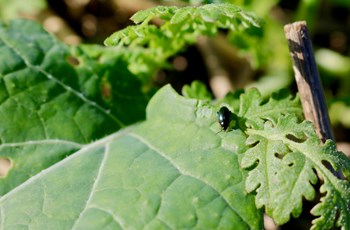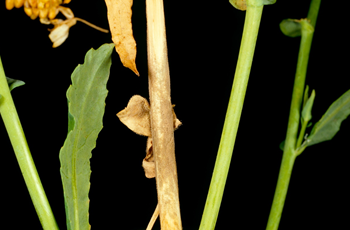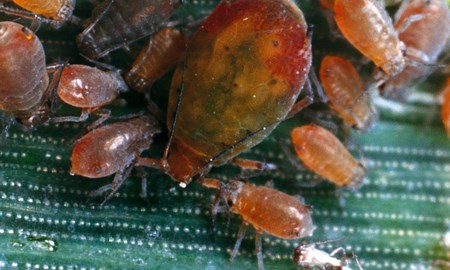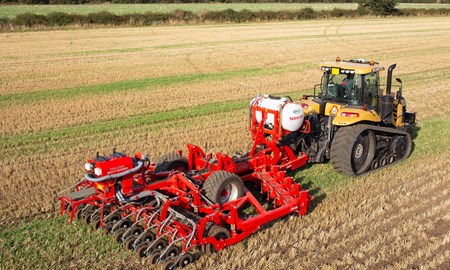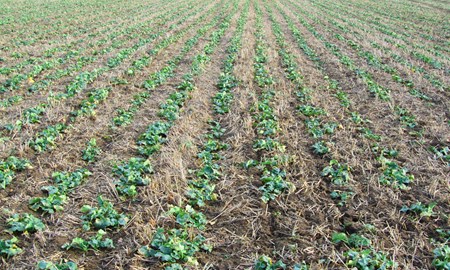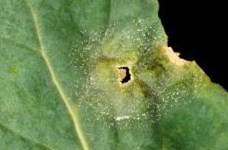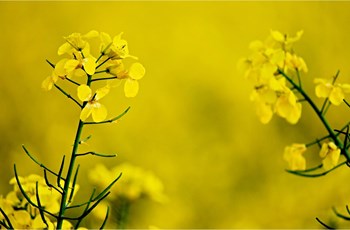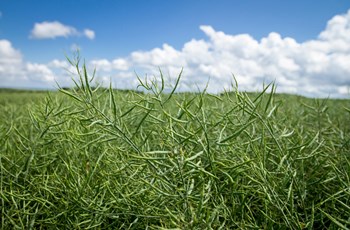March
What’s happening in oilseed rape in March
OSR crop report –March 2023
In general, oilseed rape crops are looking good coming out of winter, and decisions can be made on whether any backwards crops will be taken to harvest, or not. Across the UK, crops in the north are generally looking better than those in the south, and east, where dry conditions hampered establishment or were hit hard by cabbage stem flea beetle.
Disease levels remain quite low, with only a few positive SpotCheck tests for light leaf spot. Infections on the lower leaves are less of a concern as these will drop off as the crop goes away.
However, as temperatures increase, disease levels are expected to rise, so regular field walking and monitoring for light leaf spot will be increasingly important. At this time of year disease can move rapidly up the plant through rain splash and coincides with rapid growth and stem extension in the crop.
Any autumn-applied fungicides will have run out of steam by now, so spring fungicide applications will likely be required in March. Pay particular attention to crops that did not receive an autumn fungicide, and varieties with resistance scores of six or below.
Fungicides only provide protectant activity, so apply in advance of seeing light leaf spot infection in the crop, or at the first sign of disease. Where disease has not yet been identified, Proline plus tebuconazole will provide good protection.
Where disease is present in the crop, and providing a SDHI fungicide was not used in the autumn, an application of AviatorXpro will provide robust protection as well as offer some beneficial physiological effects to the crop.
Choose a robust fungicide that specifically targets light leaf spot. If an SDHI fungicide was used in the autumn, a straight prothioconazole such as Proline provides good protection. Tebuconazole can also be a useful fungicide at this time of year, especially if some growth regulation of the crop is required, and can be applied alongside Proline in tank mix.
If a SDHI has not already been used in the crop, AviatorXpro provides a robust alternative with two actives for enhanced control of light leaf spot, along with other physiological benefits.
Whichever fungicide is chosen, spray operators should ensure they use sufficient water volume to achieve good coverage and penetrate a fast-growing canopy.
Growth regulators may be required on early-drilled and more-forward crops, especially those drilled in August last year. These crops are also likely to need trace elements in March, particularly Boron and Molybdenum.
Priorities now:
- Monitor crops for signs of light leaf spot and use SpotCheck to confirm disease presence
- Apply a robust spring fungicide if disease is identified
- Apply trace elements and growth regulators if required
